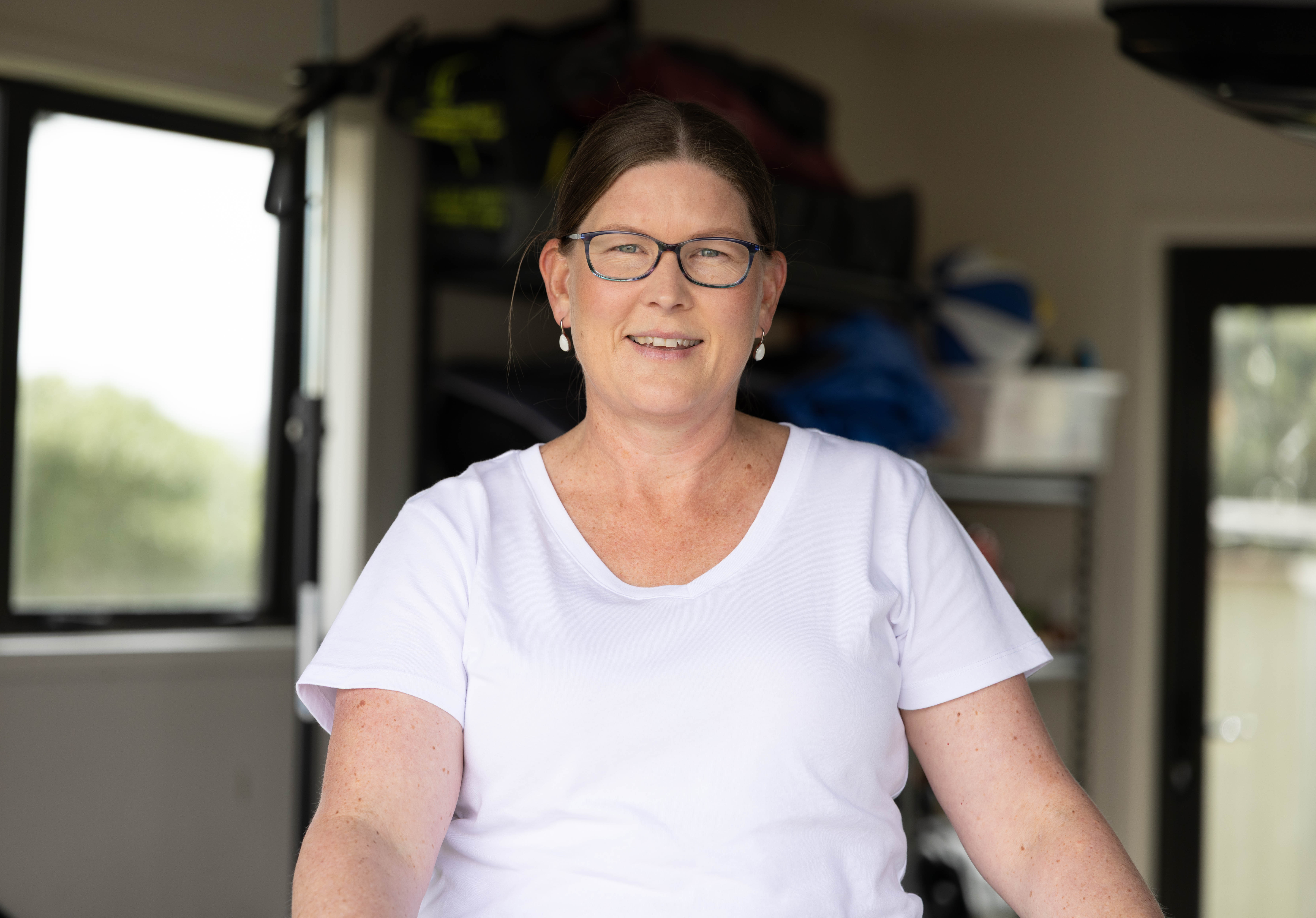Christmas and New Year opening hours and pay dates
We have reduced hours over the holiday period and are closed on public holidays. Your payments from us may be paid early. See more details.
Why staying active matters after a sprain or strain
We’ve all heard “rest is best”, but too much rest can slow your recovery. Gentle movement and staying connected can help you recover faster after a sprain or strain.
Visual
Video is of physiotherapist Tim Dalman talking to camera.
Transcript
Kia ora,
we’ve all heard it, rest is best.
But it’s not always true.
Too much rest can slow your recovery.
An active recovery helps you heal faster
if you have been diagnosed with a strain or a sprain.
Text on screen
Gentle movement is good
Transcript
Imagine you have a sore joint and you leave it,
hoping it will get better on its own.
But it doesn’t,
and then when you finally want to use it again
it’s even stiffer and more painful
– the lack of movement allows stiffness to build up.
But instead of leaving the joint unused –
if you gently move it, several times,
maybe even strengthen muscles around it,
the movement would help loosen it and gradually reduce the pain.
The joint becomes smoother and
works better over time.
Complete rest can make things worse
by allowing stiffness and weakness to set in.
Text on screen
Some pain is normal
Transcript
Some pain while you recover from injury is normal
– as long as the pain is not getting worse.
Simple light exercises as part of an active recovery can prevent setbacks,
help tissues heal better and
keep surrounding muscles strong.
And remember,
staying connected with friends, whānau or work
can also support your recovery,
both physically and mentally.
If you’re unsure about what type of active recovery might be best for you,
talk to a healthcare provider
like a physio or GP
and, get back to what matters, sooner.
Text on screen
Get back to what matters, sooner.

Tania's story
Tania Mitchell faced a lengthy recovery from a badly sprained ankle. But by being proactive with her rehabilitation, she was able to keep doing the things she loves.


